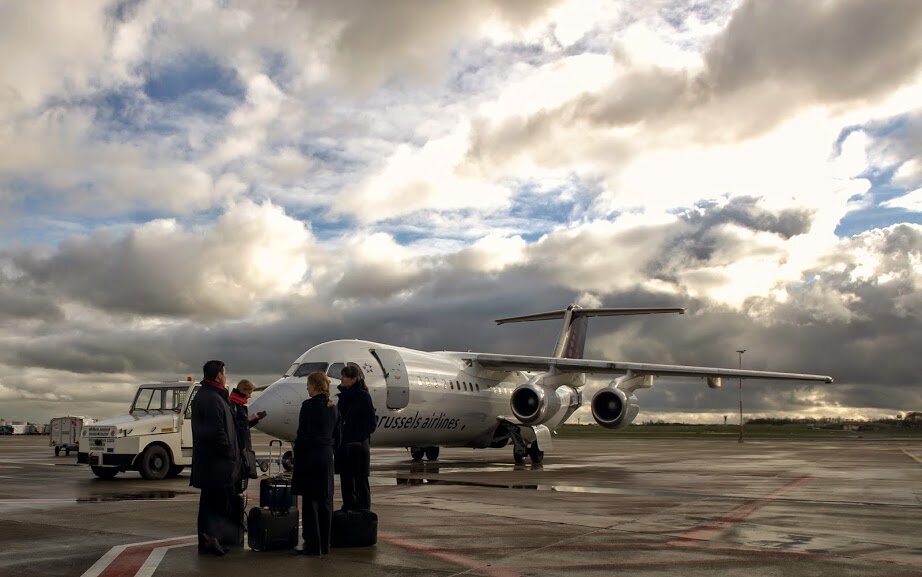Published Articles

A-CDM at Brussels Airport: Roadmap to Implementation
We need to go way back into time...back to 2000, when A-CDM entered the scene here while the whole project was still pretty much in its conceptional phase. Of course, the fact that the airport is only a 10' drive away from the place where Airport Collaborative Decision making was conceived (Eurocontrol, that is), may have facilitated the decision for initial project set-up.
But it were the big network expansion plans of Belgium's national carrier Sabena that formed the trigger to tackle future airport infrastructure capacity restrictions by means of a daring new concept of sharing turn-around progress data among airport stakeholders and the Network Manager.

A-CDM Concept Elements: Getting Linked In With ATC
In this episode, we’ll continue exploring the European collaborative decision making implementation details, leading to A-CDM implementation. Last time, we ended with the variable taxi time element as one of the elements that constitute the collaborative pre-departure sequence. Next in line is perhaps the most challenging step of them all…
Airport Collaborative Decision Making (A-CDM) Concept Elements: Setting Milestones
In this episode, we’ll take a closer look at the project implementation steps every European airport that takes itself and Collaborative Decision Making seriously, implements according to the Eurocontrol A-CDM Implementation Manual , before being declared as an A-CDM airport. I’m deliberately using the word ‘declared’ here, as there is no real certification process involved; sharing airport data by means of departure planning information messages suffices for Eurocontrol to have your airport designator code added to the slowly expanding list of A-CDM practitioners.

Airport Collaborative Decision Making in Europe
Imagine yourself sitting at the gate, waiting to embark your flight. You’re early, and you see the aircraft arriving at the stand. It barely came to halt when different rolling stock and teams aim for the aircraft doors, almost in perfect unison. Almost, because those different vehicles and teams often belong to different aircraft handling companies and most of the time, airport players operate in ‘perfect isolation’, not necessarily taking the needs or restraints of the other into consideration.
